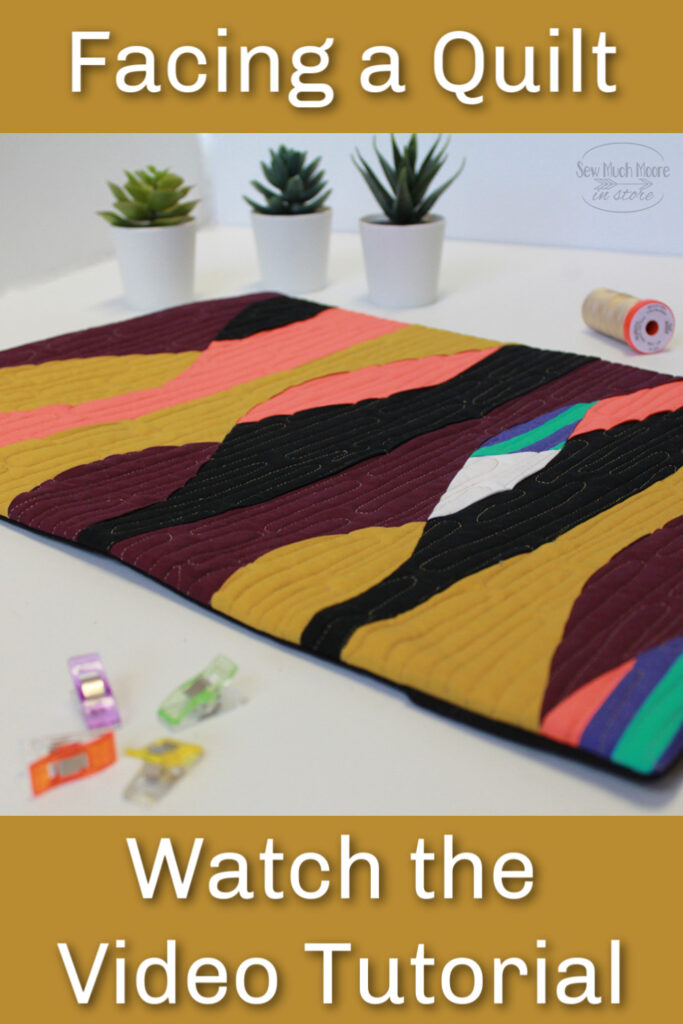Are you looking for a simple guide on how to face a quilt? Do you want to achieve perfectly even edges? If so, this article is for you! Here, you will find step-by-step instructions on how to face a quilt to get the desired outcome. We’ll go over the basics of quilt facing, from choosing the right fabric to sewing and pressing perfectly even edges. You’ll be able to create stunning quilts with professional-looking results in no time!
What is a Faced Quilt?
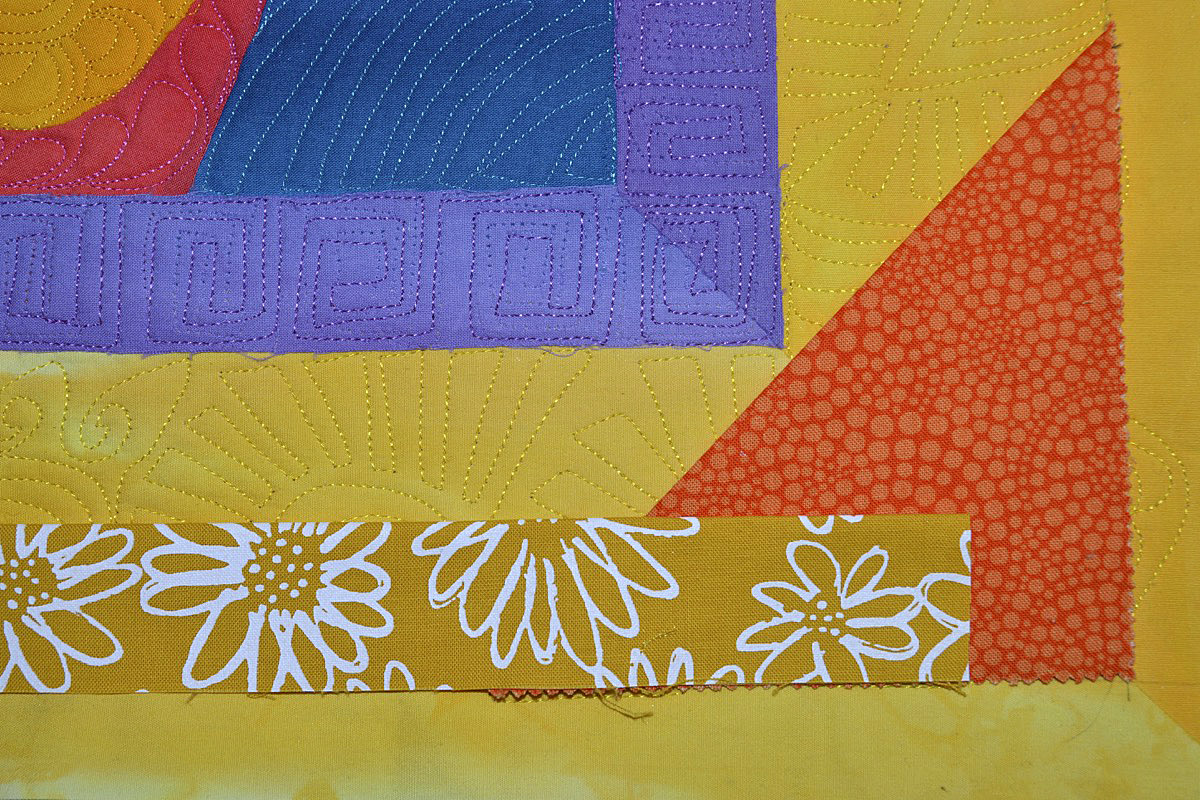
A faced quilt is a type of quilt that has an additional layer of fabric stitched around the edges. This layer of fabric, or “facing”, is used to enclose the batting and backing layers of the quilt, creating a neat and professional finish. In traditional quilting, facing is usually done with a single layer of fabric, but in art quilting, the facing can be more complex, incorporating multiple layers and techniques.
Facing an art quilt is similar to facing a traditional quilt, but with a few extra considerations. When choosing fabric for the facing, it’s important to select a lightweight, flexible material that won’t add bulk to the edges. Art quilts often feature bold, colorful designs, so the facing should be chosen to complement the overall look of the quilt.
Once the fabric is chosen, the facing can be stitched in place. The facing should be cut slightly larger than the quilt, and pinned to the edges of the quilt sandwich. Stitch along the edges with a decorative stitch or a zigzag stitch, making sure to keep the stitches even and consistent. Trim off any excess fabric and press the facing flat.
How to face an art quilt requires a little extra effort, but the results are well worth it. With the right fabric and a few basic stitches, you can create a professional-looking quilt that will stand the test of time.
Tools and Materials Needed
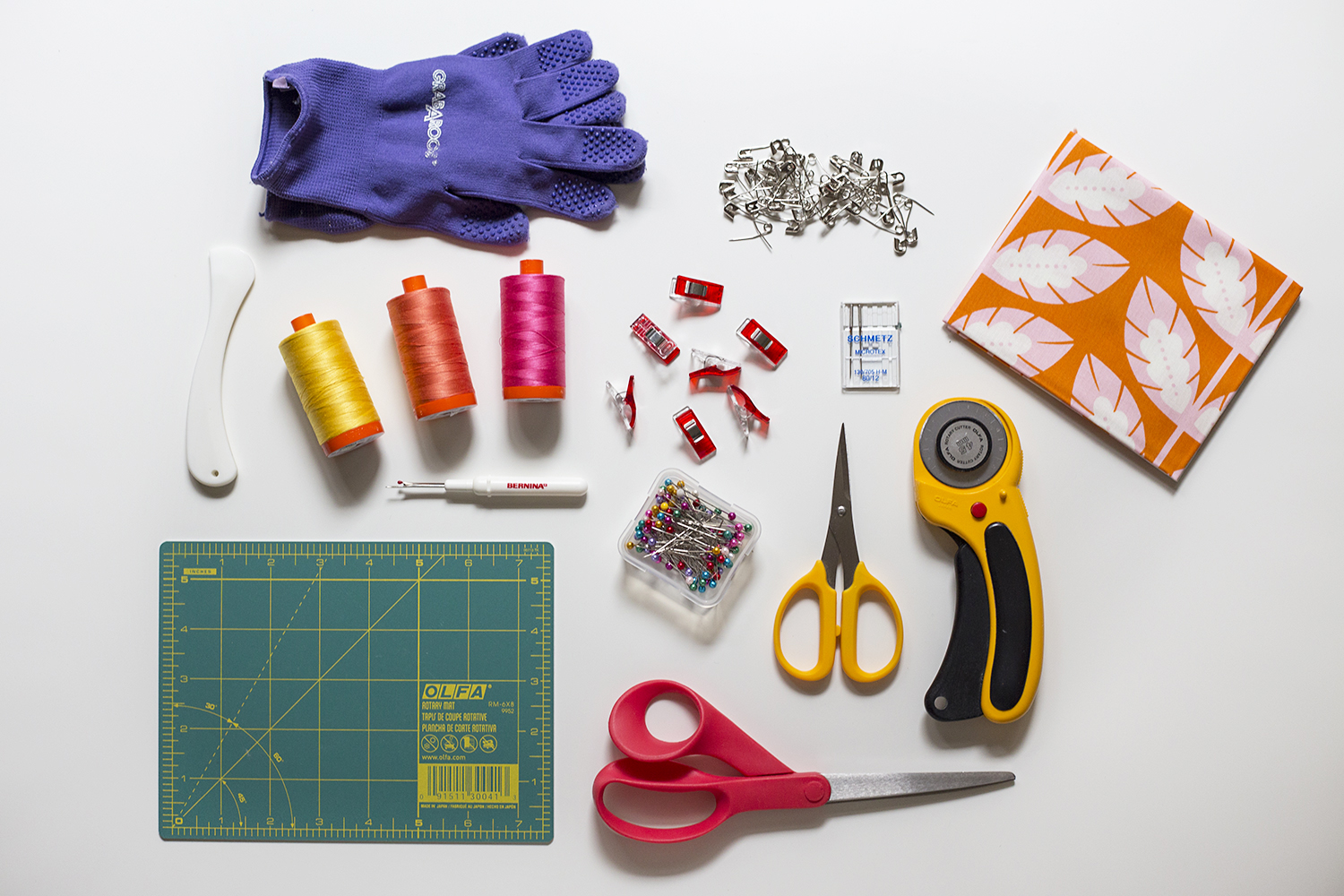
Fabric: Quilting cotton or other suitable quilting fabric
Batting: Cotton, polyester, wool, or other batting of your choice
Thread: Quilting thread of your choice
Sharp scissors: For cutting out pieces
Rotary cutter, ruler, and cutting mat: For precision cutting
Sewing machine: For piecing and quilting
Needles: For hand sewing and basting
Iron and pressing surface: For pressing seams and fabric pieces
Quilting pins: For basting and pinning quilt layers together
Quilting hoops or frames: For holding quilt layers together while quilting
Quilting gloves: For protecting hands while quilting
Seam ripper: For removing unwanted stitches
Thimble: For hand-sewing thick fabrics
Quilt ruler: For measuring and marking quilt blocks
Tape measure: For measuring quilt blocks, borders, and binding
Preparing the Quilt for Facing
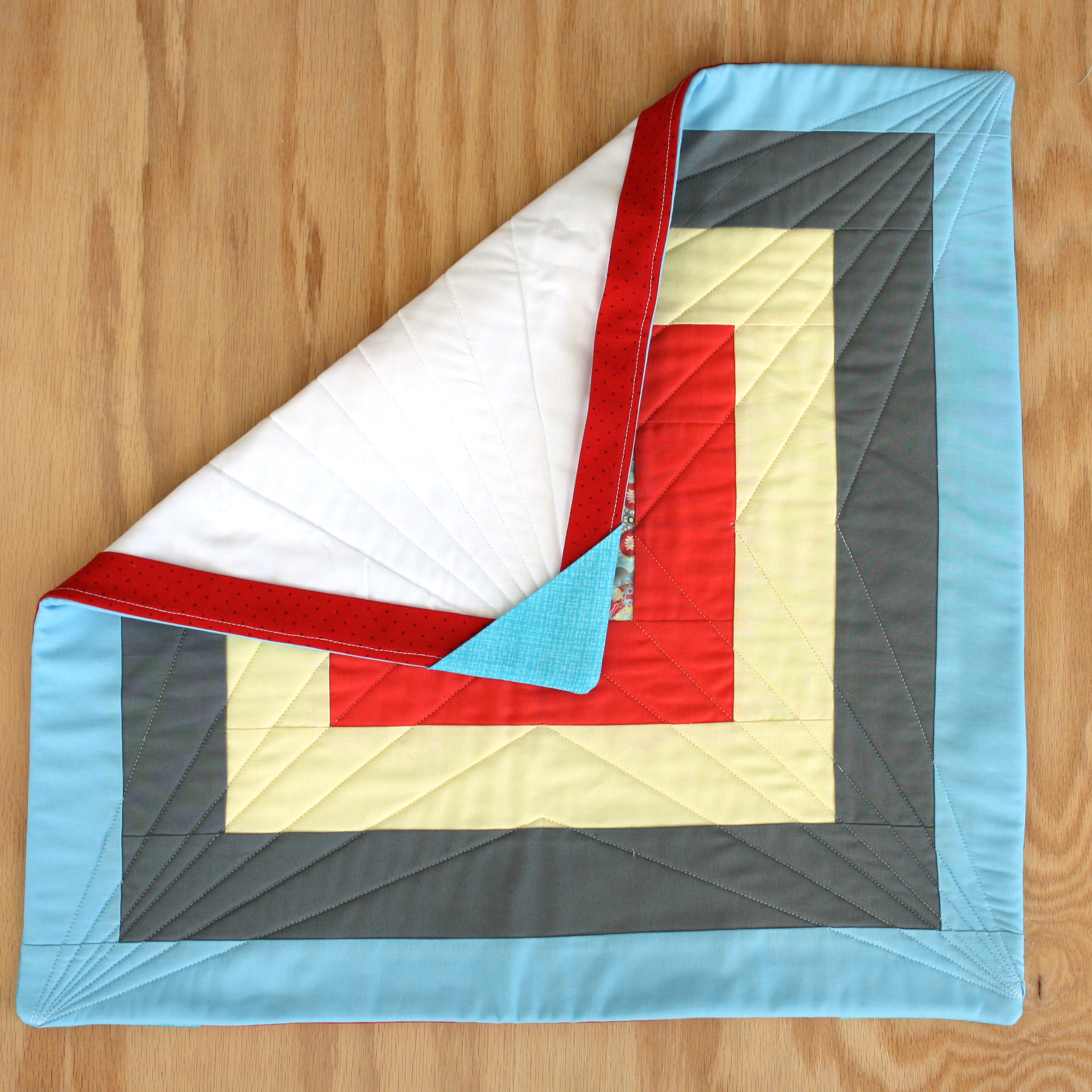
| Step | Description |
|---|---|
| 1 | Press the quilt top and backing flat. This will help ensure a neat and smooth finish. |
| 2 | Trim any excess batting, backing, and binding so it is even with the quilt top. |
| 3 | Tie the quilt layers together with quilting thread in a crisscross pattern. |
| 4 | Measure the quilt top and backing and cut the facing fabric so it is slightly bigger than the quilt. |
| 5 | Press the facing fabric with an iron to remove any wrinkles. |
Fold the facing fabric in half and press with an iron. This will help create a neat seam. Cut an opening in the center of the facing fabric for turning the quilt inside out. Mark the opening with a pin or chalk. Attach the facing to the quilt top and backing by pinning the raw edges together. Sew the facing to the quilt top and backing with a straight stitch, making sure to backstitch at the beginning and the end. Trim any excess fabric.
Selecting the Fabric for Facing
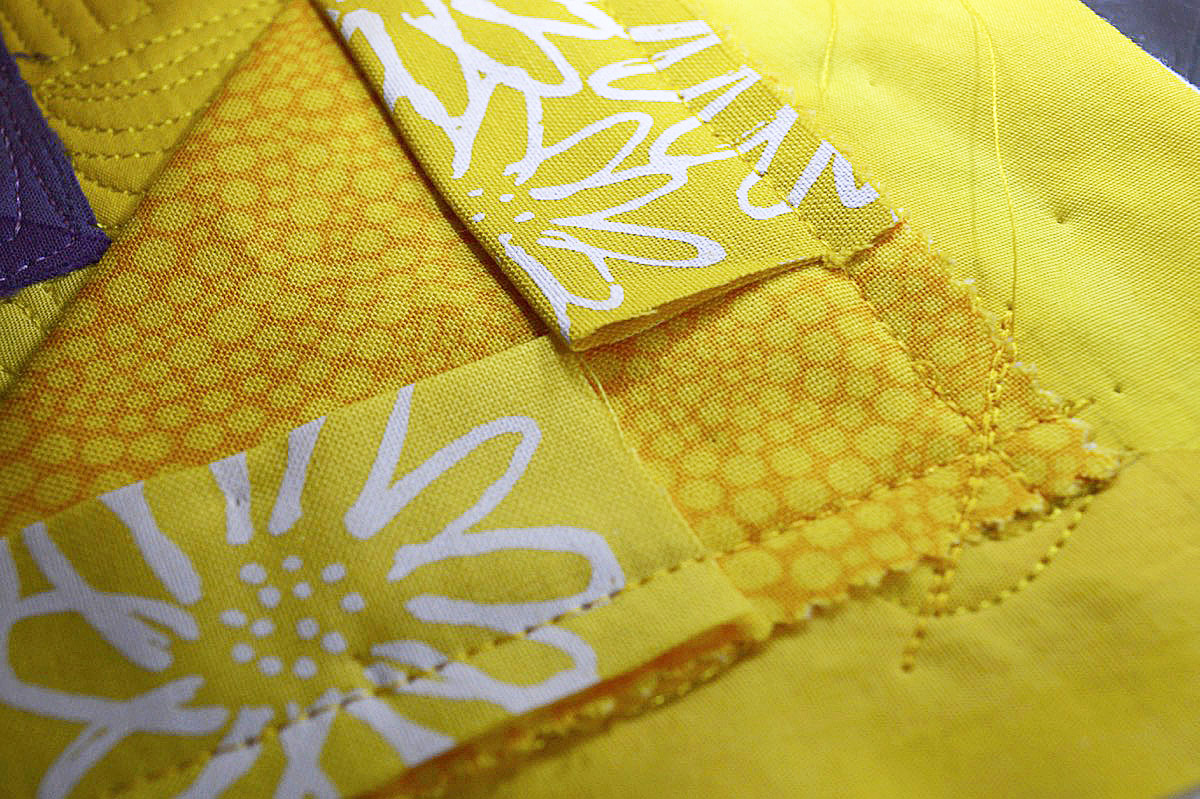
Selecting the right fabric for the facing is an important step in quilt facing. It must be a smooth and lightweight fabric, such as cotton or cotton blends. Avoid fabrics with a heavy nap, such as velvet.
| Fabric Type | Suitable for Facing? |
|---|---|
| Cotton | Yes |
| Cotton blends | Yes |
| Velvet | No |
The fabric should be prewashed and pressed before use. The fabric should also be cut two inches larger than the quilt on all sides. This will ensure that the facing can be easily turned to the back of the quilt for a clean finished edge.
Cutting the Fabric for Facing
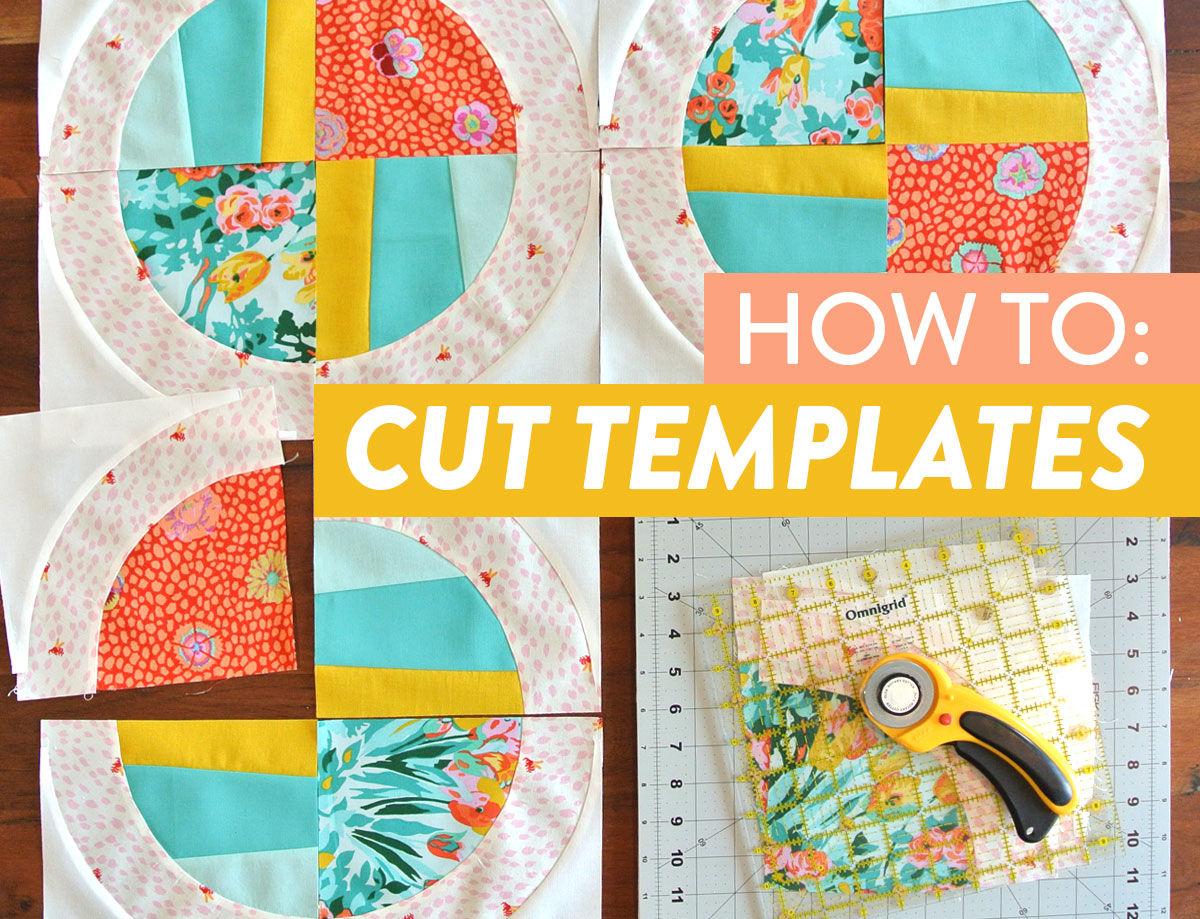
Facing a quilt requires two pieces of fabric: one wide and one narrow. The wide piece should be cut to the same width as the quilt top and should be at least 4″ longer than the length of the quilt top. The narrow piece should be cut to the same length as the quilt top and should be at least 4″ wider than the width of the quilt top.
| Fabric for Facing | Width | Length |
|---|---|---|
| Wide | Same as quilt top | At least 4″ longer |
| Narrow | At least 4″ wider | Same as quilt top |
Pinning the Facing to the Quilt
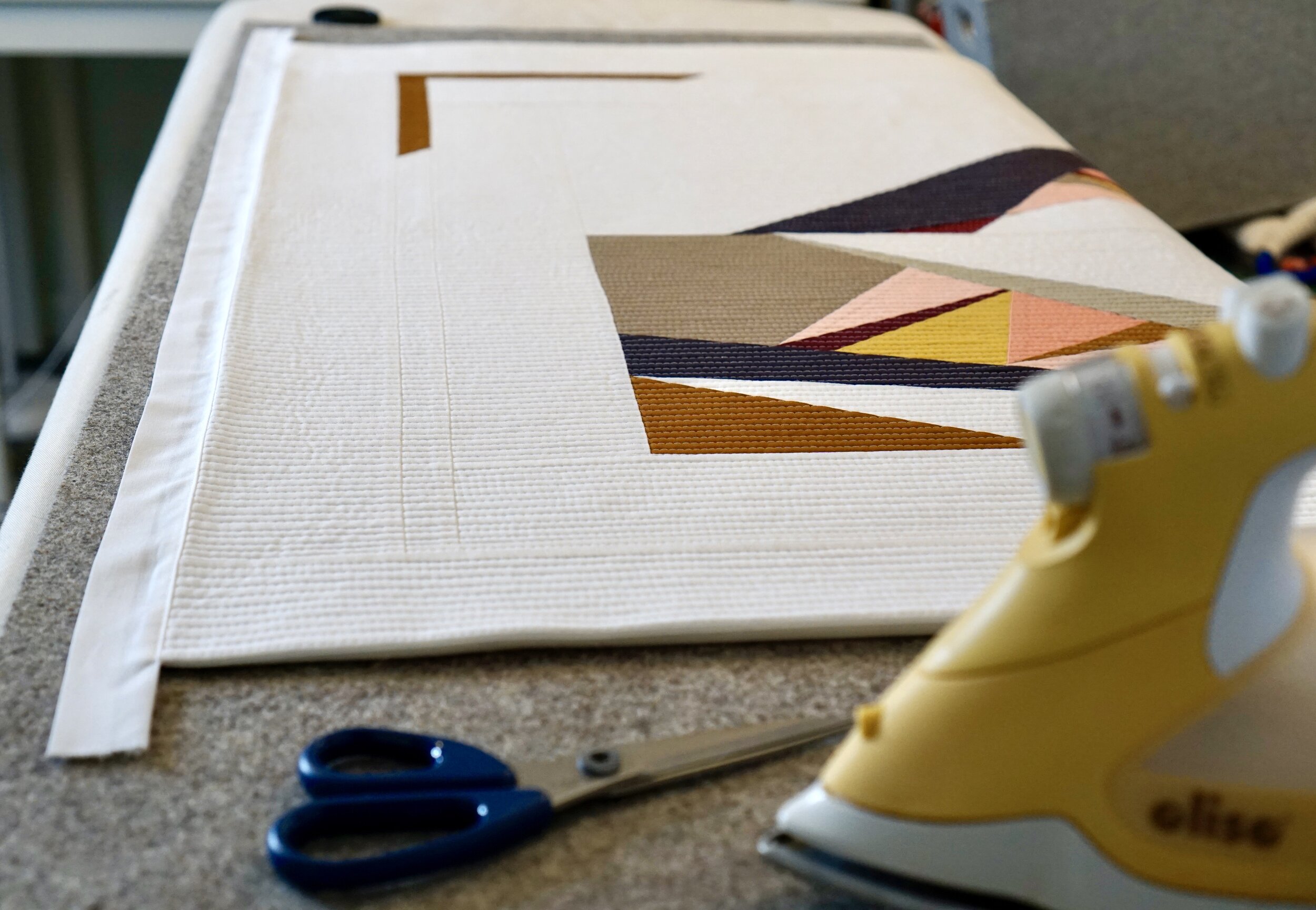
Lay the quilt top with the right side up on a flat, smooth surface. Place the facing print side down on top of the quilt top, lining up the raw edges. Pin the facing to the quilt top, beginning at the center of each side and working outwards. Make sure to pin securely to ensure that the facing stays in place when sewing. Trim away any excess facing fabric.
Sewing the Facing to the Quilt
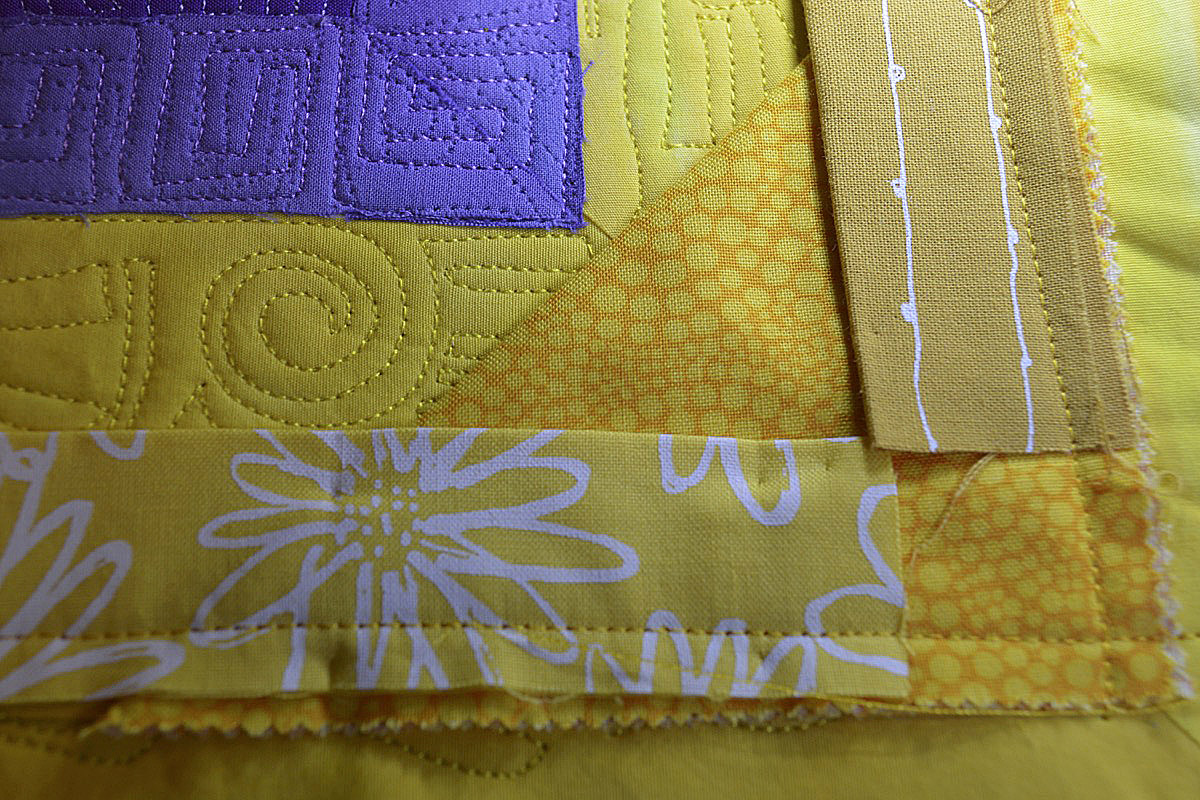
- Choose Your Facing: Facing is the fabric used to bind the quilt’s edges. You can choose from a wide range of materials, such as cotton, wool, or synthetic fabrics.
- Cut the Facing: Cut the facing material to twice the width of the quilt’s sides. The facing should be cut to the same size as the quilt.
- Fold the Facing: Fold the facing material in half lengthwise, making sure that the wrong side is facing out.
- Attach the Facing: Pin the facing to the quilt’s edges, making sure to match the raw edges. Sew the facing to the quilt using a straight stitch.
- Press the Facing: Press the facing flat with an iron, making sure to use a low heat setting.
- Topstitch: Topstitch the facing to the quilt, using a narrow zigzag stitch. This will help keep the facing in place and secure the edges of the quilt.
Finishing the Facing
Once the quilt has been completely faced, the last step is to finish the facing. This can be done in several ways, depending on the type of fabric used and the desired effect.
For cotton quilts, a narrow rolled hem can be used to finish the facing. To do this, turn the edge of the facing over twice and stitch close to the folded edge. This creates a neat, finished edge that is not bulky.
Fleece quilts can be finished with a zigzag stitch along the edge of the facing. This adds a decorative element and prevents the edge of the facing from fraying.
For art quilts, the facing can be finished with a decorative stitch such as a blanket stitch or a feather stitch. These stitches add a unique design element to the quilt and can be used to create interesting patterns.
Finally, the quilt should be secured with a few stitches at the corners. This will keep the facing in place and prevent it from shifting.
| Fabric | Finishing Technique |
|---|---|
| Cotton | Narrow Rolled Hem |
| Fleece | Zigzag stitch |
| Art Quilt | Decorative stitch |
Frequently Asked Questions
What type of thread should I use when facing a quilt?
- 100% cotton thread: Cotton thread works best for quilting, as it is strong and won’t stretch or break easily. It is also less likely to cause lint buildup in your machine.
- Polyester thread: Polyester thread is a good choice for quilting because it is strong and resists shrinking, fading and stretching. However, it can cause lint buildup in the machine over time.
- Invisible thread: Invisible thread is ideal for quilting because it blends in with the fabric and is not visible from the front. It is also strong and won’t break easily.
- Metallic thread: Metallic thread is a great choice for quilting because it adds a bit of sparkle and shine to the quilt. It is also strong and won’t break easily.
What is the Best Way to Ensure Even Edges When Facing a Quilt?
- Cut the batting and backing. Cut the batting and backing fabric to the same measurements as the quilt top. This will ensure the edges are even.
- Pin the batting and backing. Pin the batting and backing to the top of the quilt ensuring the edges are even.
- Use a quilting ruler. Use a quilting ruler to make sure the edges are even when stitching the facing to the quilt.
- Trim the edges. Trim the edges of the quilt after the facing is stitched on to make sure the edges are even.
- Press the edges. Press the edges to ensure they are even with the edges of the quilt.
Can I use any type of fabric for facing a quilt?
Yes, you can use any type of fabric for facing a quilt. It is important to choose a fabric that is lightweight and breathable, such as cotton or lightweight polyester. Avoid using fabrics that are too heavy or stiff, as these can make the quilt difficult to quilt. Here are some types of fabric you may consider for facing a quilt:
- Cotton
- Lightweight polyester
- Silk
- Rayon
- Linen
When selecting fabric for facing a quilt, make sure to choose a fabric that is lightweight and breathable. The fabric should also have a smooth surface so that the quilt won’t be hampered during quilting. Lastly, make sure that the fabric is colorfast, as the quilt may be washed or dry-cleaned in the future.
What Equipment Do I Need to Properly Face a Quilt?
For facing a quilt, you will need the following essential items:
- Fabric: Choose a fabric that is the same weight and fiber content as the top and quilt backing. It should be at least 2-3 inches bigger than the quilt.
- Batting: Use a low-loft batting, such as cotton or bamboo, that is the same size as the quilt.
- Thread: Choose a thread that matches the fabric you are using.
- Pins: Use quilting pins to secure the layers together.
- Ruler: Use a ruler to measure and square up the finished quilt.
- Rotary Cutter and Mat: This will be used to cut the fabric and batting.
- Iron: You will need an iron to press seams and fabric.
- Sewing Machine: A sewing machine is necessary to sew the quilt facing in place.
How do I know when I have Finished Facing a Quilt?
Once the facing has been securely sewn, press the quilt and facing flat with a hot iron. If the facing is stitched properly, the quilt should lay flat and even, with no puckers or gathers. Check all edges of the facing, ensuring they are securely stitched and lying flat. If the facing is not lying flat, or if it is too bulky, it may need to be adjusted or removed and resewn. Once the facing is properly secured, the quilt has been successfully faced.
Conclusion
Facing a quilt is a great way to give your quilt a professional finish. With the right materials and following the right steps, you can achieve perfectly even edges and a beautifully finished quilt. With practice, you will be able to perfect this technique and create amazing quilts.
